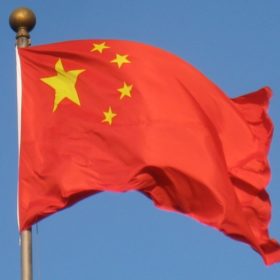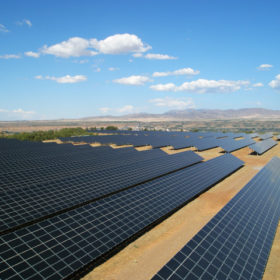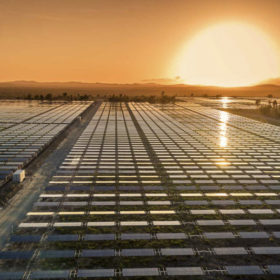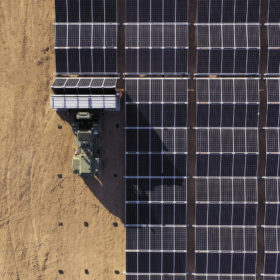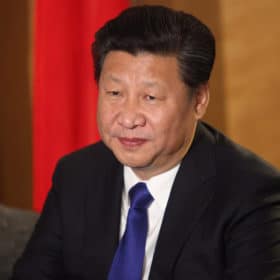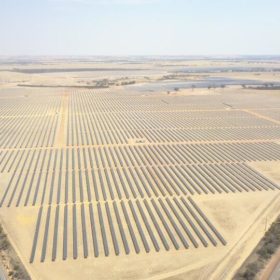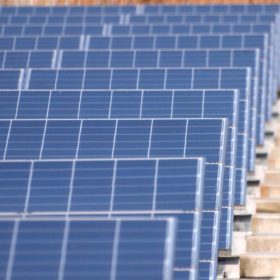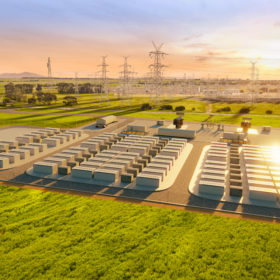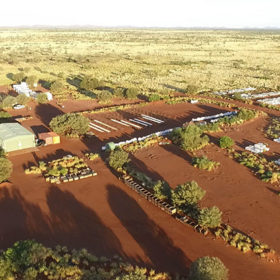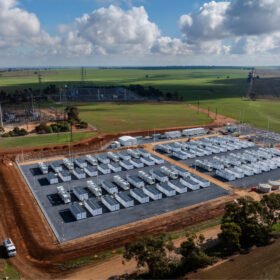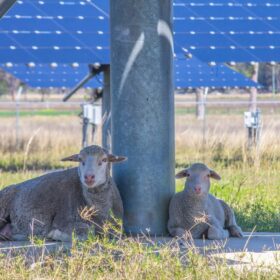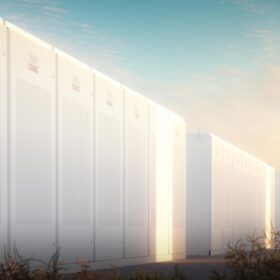Consultant plays down Chinese solar fever
The nation is set to have added 40 GW of solar in 2020 and that figure will rise again this year, to 45-50 GW, according to one of the year’s first industry predictions.
Growing renewable capacity drives energy bills down to 2022/23
The Australian Energy Market Commission’s latest annual Residential Electricity Price Trends report shows costs reducing as renewable build out replaces inefficient coal-fired generation, and more lowest-cost renewable supply is on the way.
2020 Year in Review
Soon 2020 will only be a worry to future high-school history students. But when they ask us if anything good at all happened in 2020, remember this review and tell them that solar PV shone in the darkness. Despite the mess of it all, 2020 has been another good year for Australian solar. The industry has demonstrated resilience, and significant progress has been made in the fields of energy storage, green hydrogen and others.
Weekend read: Maverick not only by name
A small number of utility-scale PV arrays of an entirely different nature are taking shape Down Under. Over the past six years, Aussie solar startup 5B has been developing and deploying its pre-assembled and relocatable Maverick mounting structures “on a shoestring budget.” But with a major solar developer having joined as a strategic investor, the company is now looking to make prefabricated arrays a mainstream option for utility-scale PV.
Solar stocks rise as President Xi pledges 1.2 TW of renewables capacity in 2030
The Chinese leader has revealed some details of his nation’s commitment to go carbon neutral by 2060. That solar and wind power promise could even prove to be a conservative estimate, according to the nation’s solar industry.
WA courts Germany with its renewable hydrogen, hosts inaugural Renewable Hydrogen Roundtable
With the joint-feasibility study between Australia and Germany into the viability of a renewable hydrogen supply chain between the two nations now underway, Western Australia, perhaps the most eager Australian state to establish a green hydrogen export industry, has hosted an inaugural roundtable with some of the two nations biggest industry hitters.
CSIRO confirms solar, wind cheapest options for new-build power
Solar PV and wind are the cheapest sources of energy in Australia and a new CSIRO report predicts they will continue to win the new electricity generation price war well into the future.
New research gauges Australia’s battery energy storage pipeline at 7 GW
New analysis from Cornwall Insight Australia has put Australia’s current battery energy storage pipeline at 7 GW. Of course, the vast majority of that projection is still firmly in the proposal phase, but the over 900 MW of energy storage thought to be developed by 2024 is still far in excess of AEMO’s ISP 2020 forecast, begging the question, how is the NEM going to fit it all in?
Oz Minerals’ West Musgrave Project set to become ‘one of the largest fully off-grid renewable powered mines in the world.’
Oz Minerals has long said that it was looking at a hybrid fossil fuel-solar-wind solution to power its massive West Musgrave Project. This week the miner has announced that it is now developing a roadmap to power the project with 100% renewables with the addition of a battery in what the company says could be one of the world’s largest fully off-grid renewably powered mines.
WA’s ‘Just Transition’ is a pathway to a new future for the coal town of Collie
Western Australia’s McGowan Government has released a ‘Just Transition’ framework for the town of Collie, a town which has been at the centre of the state’s energy generation for a century. With the rise of renewables spelling the end of coal, the Government is looking to support the town as it seeks to reinvent itself in this ‘crucial phase’ of the energy transition.
